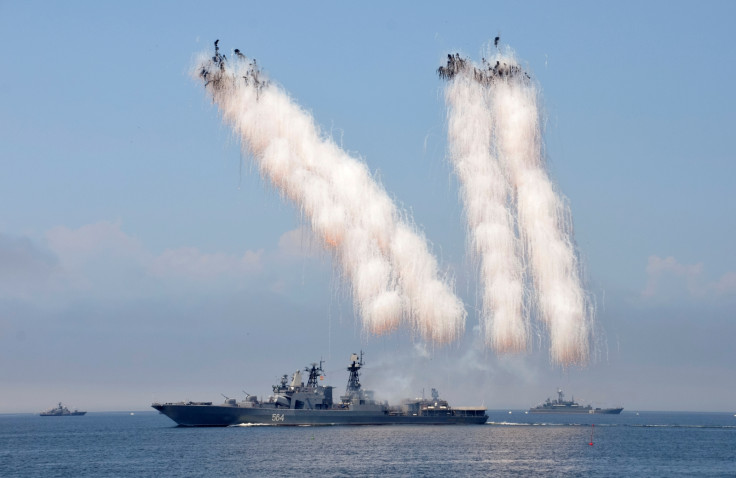Russian battleships are being modernised to be equipped with unstoppable hypersonic Zircon missiles
Each ship will receive S-500 ICBM defence systems, Zircon missiles as well as other medium- and short-range weapons.

Russian warships are undergoing major transformation and will soon be able to launch what could be considered their most dangerous cruise missile — the Zircon. Battleships of the Kirov class, built in the 1990s, are the ones to undergo the extensive updates.
The first ship that is getting re-equipped is the Admiral Nachimow, which is set to be put back in service by the end of 2018. Pyotr Velikiy is the next ship that will go through this transformation and will be ready for service by 2022, notes German news outlet Stern.
These ships are over 250 metres long and weigh 28,000 tonnes. Each ship's upgrading process has been estimated to cost about $1.7bn (£1.2bn), according to the report.
While that may seem like a lot, the cost of the US Navy's next 20 frigates is expected to cost $1bn (£72m) a piece and the fighting power between a full sized battleship and a frigate cannot be compared. The USS Zumwalt, in comparison costs about $4.4bn (£3.19bn).
The report mentions that Moscow is reliant on battleships and that they believe it to be an effective way to defend against air strikes as well as missile strikes. To that end, they will be outfitting the ships with their most recent ballistic missile defence system — the S-500. Along with the defensive missiles, these vessels will also get the Zircon 3M22.
Zircon is Russia's version of a carrier killer or an anti-ship missile. After successful testing last year, it is ready to be put into action.
During testing, it was reported that there is no way for modern navies to protect their aircraft carriers from a Zircon as it is too fast and too powerful. Capable of Mach6 (six times the speed of sound, around 7,500 km/h), the Zircon has a range of over 600km and is capable of covering a distance of 250km in about two and a half minutes.
As of now, there is no way to stop the Zircon, notes the report. Each ship that gets upgraded will receive 174 launchers for heavy rockets, in addition to medium- and short-range missiles.
In 2017, when the Zircon tests were first reported, a senior Naval source told the Mirror, "Hypersonic missiles are virtually unstoppable. The whole idea of the carrier is the ability to project power. But with no method of protecting themselves against missiles like the Zircon the carrier would have to stay out of range, hundreds of miles out at sea. Its planes would be useless and the whole basis of a carrier task force would be redundant."





















